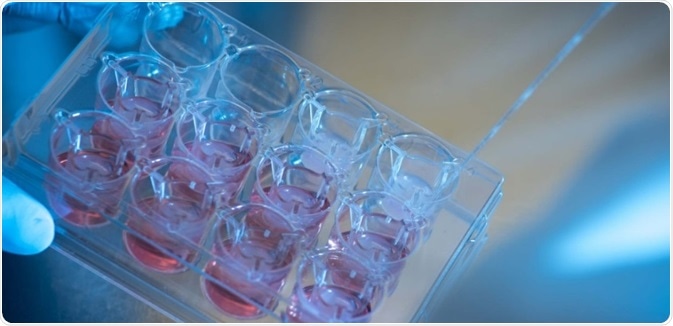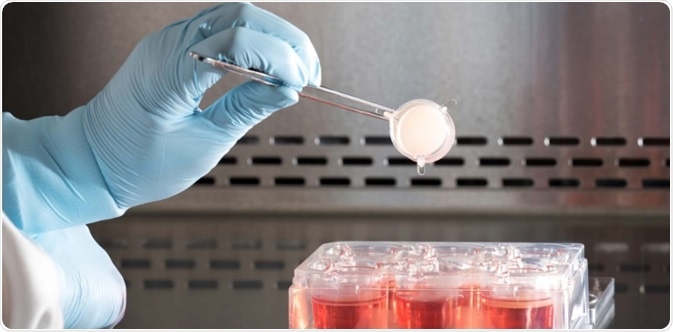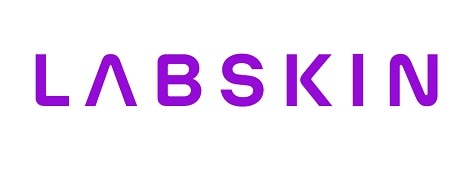A recent independent study conducted at the Jackson Laboratory for Genomic Medicine tested Labskin’s full thickness human skin model, further corroborating Labskin’s proficiency in the skin microbiome.
Labskin’s 15 years of laboratory skin science experience is unparalleled when it comes to offering Skin Trust Club members unbiased, scientifically-tested skincare product advice customized to individual skin requirements.
An at-home microbiome skin swab test in combination with powerful bioinformatics, AI algorithms and Labskin’s deep knowledge of the skin microbiome facilitates a genuinely personalized customer experience.
How does Labskin compare?
A study recently conducted at the Jackson Laboratory for Genomic Medicine independently tested Labskin’s full thickness human skin model, providing further validation of the company’s expertise in the skin microbiome.
The Jackson Laboratory presented an impartial comparison of three human model systems that are commercially available for skin microbiome research applications, in which Labskin came out on top.
As reported in the study, one 3D human skin equivalent supplier, MatTek, manufactures EpiDerm, which is made up of reconstituted human epidermis (RHE) differentiated from human epidermal keratinocytes derived from foreskin.
Labskin differs from an RHE as it is a full-thickness skin equivalent (HSE) with dermis and epidermis. This means Labskin is ideally suited to supporting the skin’s natural microflora, partly due to a supplementary thick dermal matrix built from fibroblasts.
The third model system evaluated in the study was Genoskin’s NativeSkin which are skin biopsies donated by living human donors.
For a good comparison of each system’s performance when modeling skin microbiota, four commonplace skin commensals were applied (Corynebacterium, Micrococcus, Cutibacterium and Staphylococcus).
Samples were collected once the bacterial communities had been allowed to equilibrate for 5-7 days for colony forming unit (CFU) analysis, qPCR and 16S rRNA sequencing. The microorganisms predicted were discovered on all models with a varying composition between models, as well as by donor where NativeSkin biopsies were applied.
Image Credit: Labskin
Key findings
The study showed that Labskin generates the most consistent results for microbiome studies. This is vital for experimental research where reproducibility is concerned, as well as for conducting appropriate testing of the effects of cosmetic, skincare and pharmaceutical products on the microbiome.
Labskin also demonstrated an enhanced ability to host anaerobic Cutibacterium compared to EpiDerm, though fewer Cutibacterium were present in contrast to NativeSkin. This is because HSE models do not include hair follicles, which is where these bacteria usually exist.
However, Labskin uses techniques that simulate the Cutibacterium acnes excess linked to acne to compensate for this lack of hair follicles.
Another Labskin advantage is that HSEs are a sterile model ready for colonization by the desired microbes.
As NativeSkin contains explants from living donors, the donor’s microbiome can be found to leave remnants on the skin and have an effect on the experimentally applied organisms. Thus, Labskin has been determined to be a better model for skin microbiome research.

Image Credit: Labskin
The future of skin microbiome research
As the role of the skin microbiome becomes even more clear, human skin models like Labskin will play a crucial role in this research field. Further studies can address any current knowledge gaps in microbiome dysbiosis and refine the understanding of particular skin conditions such as atopic dermatitis and psoriasis.
Labskin and Skin Trust Club are already closing the divide between consumers and researchers – allowing customers to understand their skin and the impact cosmetic and skincare products have on their microbiome and overall skin health.
About Labskin
At Labskin we deliver human skin microbiology services to support your product R&D activities in the cosmetic, personal care, medical device and pharmaceutical sectors. With our sector experience and use of technology, you will be accessing industry-focused services supported by world-leading skin science expertise.
Whether you need rapid, focused analysis or flexible, tailor-made research programs we can help you develop and validate skincare ingredients and products which really work.
Our skin model is a 3D human skin equivalent that incorporates vital biological components to model normal skin function. Developed over 12 years with more than 30 scientific journal publications, it is made from young keratinocytes (human skin cells) and adult fibroblasts (metabolically-active, collagen-producing human skin cells).
“An ideal platform for basic or applied skin research, testing compounds or formulated products for the cosmetic, pharmaceutical and chemical sectors.”
Sponsored Content Policy: News-Medical.net publishes articles and related content that may be derived from sources where we have existing commercial relationships, provided such content adds value to the core editorial ethos of News-Medical.Net which is to educate and inform site visitors interested in medical research, science, medical devices and treatments.

